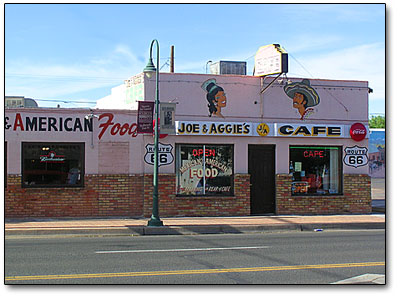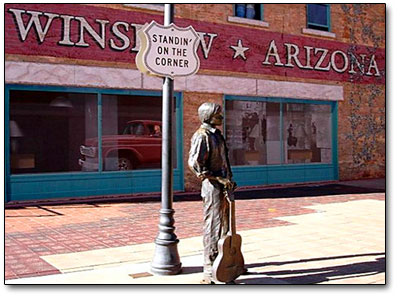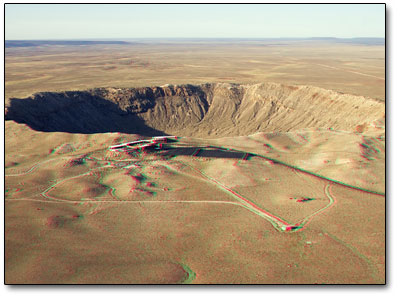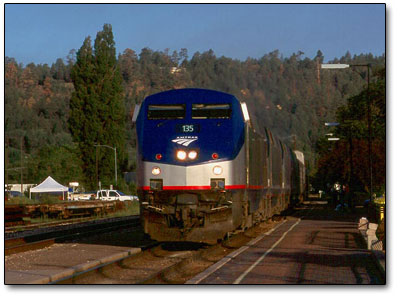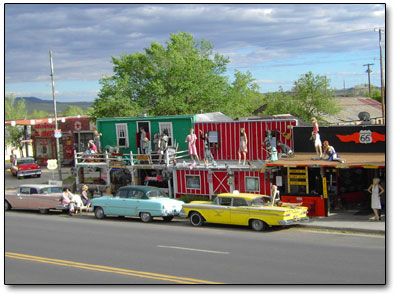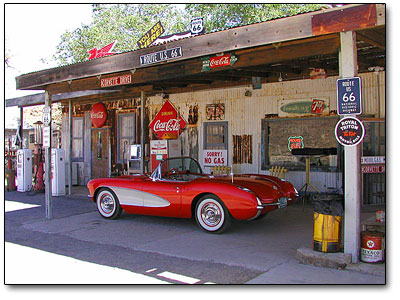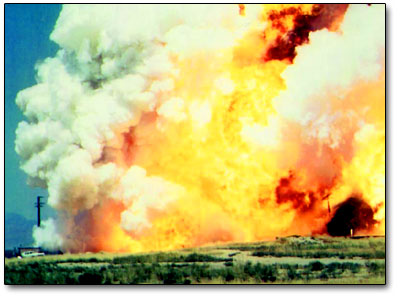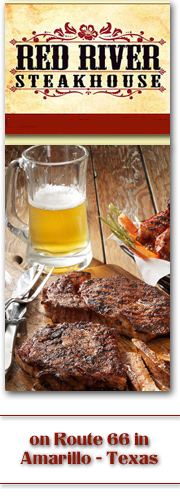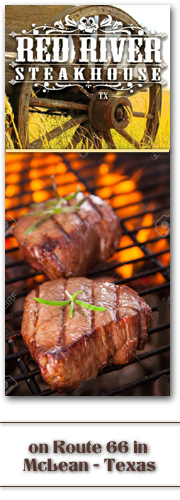Flagstaff is a city located in northern Arizona and the county seat of Coconino County. The city is named after a Ponderosa Pine flagpole made by a scouting party from Boston known as the Second Boston Party to celebrate the United States Centennial on July 4th, 1876. Flagstaff is situated near the southwestern edge of the Colorado Plateau, along the western side of the largest contiguous ponderosa pine forest in the continental United States. Flagstaff is located adjacent to Mount Elden, just south of the San Francisco Peaks, the highest mountain range in the state of Arizona. Humphreys Peak, the highest point in Arizona, at 12,633 feet or 3,851 meters, is located about 10 miles or 16 kilometers north of Flagstaff in the Kachina Peaks Wilderness Area. Flagstaff is absolutely gorgeous and is a haven for residents of Phoenix who live in a hot desert climate. Many residents of Phoenix have cabins or second homes in Flagstaff where they can escape the extreme heat of the Valley of the Sun where Phoenix is located. It is home to Lowell Observatory, The U.S. Naval Observatory, the United States Geological Survey Flagstaff Station, and Northern Arizona University. Flagstaff has a strong tourism sector, due to its proximity to the Grand Canyon National Park, Oak Creek Canyon, the Arizona Snowbowl, Meteor Crater, and the historic Route 66.
